The University of Minnesota’s Office of Sustainability recently announced additional policies to its Climate Action Plan.
The Climate Adaptation and Resilience Plan pushes the focus beyond the University’s emissions and aims to further respond to climate change.
Since 1895, the use of fossil fuels and greenhouse gas emissions caused average temperatures in Minnesota to rise nearly 3 degrees and severe precipitation events to become roughly four times more frequent, according to the Climate Action Plan.
The Earth’s ecosystems, especially the ecosystems native to Minnesota, are extremely sensitive, according to the Minnesota Pollution and Control Agency. These seemingly small changes have caused flooding, droughts and declining biodiversity both locally and worldwide.
Kate Nelson, director of sustainability for the Twin Cities Campus, said if changes are not made immediately, the ecosystems around campus could be put in harm’s way.
“The Climate Action Plan in 2023 was in regards to how we will reduce our emissions,” Nelson said. “The Resilience Plan is looking at how we are responding to climate change that is here now and how our campus community will be affected by it.”
The original Climate Action Plan, which was put into motion in spring 2023, outlined emissions reduction, energy efficiency and land usage goals for the University to reduce its total carbon footprint, according to Nelson.
However, Nelson said the team recognized the Climate Resilience Plan has no easy answers and they felt more protections needed to be in place for the present day.
“This is the piece where we are looking at how we are responding to climate change that is already here and is coming in the very near future,” Nelson said.
Nelson said the current goal is to be climate-neutral by 2050.
“We’re in the middle of an urban environment,” Nelson said. “We don’t have the land to just say, ‘Let’s put up 200 solar panels,’ like a smaller university can. That’s just not an option for us.”
The new Climate Resilience Plan, established in late June, addresses the possible threats climate change poses to the local environment and seeks to prepare the University for those changes, Nelson added.
Although the original Climate Action Plan covered a broad range of issues, the team assembled by the Office of Sustainability felt further actions were needed to more actively protect the University, said Kate Gerber, an adaptation and resilience intern for the Office of Sustainability.
The issues brought to the forefront by the additional guidelines of the new Climate Resilience Plan were seen as imperative in the fight against climate change and the harm it brings, according to the Office of Sustainability. These issues included:
- More Green Space and Tree Cover on Campus: using the natural tree canopy and green space to reduce surface temperatures.
- Emergency Response Situations: maintaining emergency generators that protect students and buildings from energy loss due to severe weather episodes.
- Maximizing Energy Use: improving the University’s building envelopes, or the thermal barriers that trap heat in buildings, to maximize temperature regulation and energy efficiency.
- Protecting the Mississippi: preventing erosion and defending from riverbank loss.
- Supporting Essential Employees: ensuring that essential workers can manage new climate hazards.
Another focus of the Climate Resilience Plan is protecting at-risk communities around the campus from the consequences of climate change, Nelson said.
“We tapped into vulnerable populations, for public health, and we really thought about, ‘What are all the areas that make someone on this campus vulnerable?’” Nelson said. “There’s health vulnerabilities, which can be exacerbated by climate change. There’s financial vulnerabilities, there’s systemic racism and marginalized communities. How is housing, transportation and food going to be impacted by climate change?”
As wildfires blanket smoke over the Midwest and severe storms limit access to public services, communities most susceptible to these dangers are beginning to feel the repercussions, according to a document on climate justice and public health from the Minnesota House of Representatives.
As conditions change, many fear the expansive ecosystem that surrounds the Mississippi River may be in danger, said Cathy Abene, the principal civil engineer in Facilities Management. For that reason, the team made protecting the river and surrounding environment one of their top priorities.
The Mississippi River is one of the most vital pieces in the puzzle to curbing the climate’s effects on campus, Abene said.
“Our drinking water comes from the Mississippi,” Abene said. “The Mississippi River is one of the most vital pieces in the puzzle to curbing the climate’s effects on campus. We have to protect it.”
Abene said the river is a great reminder for students and faculty about the University’s fight against climate change.
“Having the river running right through campus, it puts it in the front of people’s minds,” Abene said. “People understand that we have this natural resource, right here, and that we have a real opportunity to impact that resource positively or negatively.”
Student life was another issue at the forefront of the team’s concerns. As average temperatures rise, more green spaces and tree canopies on campus could help students beat the heat as they travel between classes, Abene said.
“It provides shade, more cool spaces,” Abene said. “It’s good for our health in every way to have access to nature and the outdoors, and we need to be strategic about planning and prioritizing these spaces as much as possible.”
Though many universities across the country are beginning to adopt climate action plans, the University’s Resilience and Adaptation Plan is one of the first of its kind in American higher education, according to Gerber.
“It’s super cool that we are one of the first universities, and the first in the Big Ten with a resilience plan,” Gerber said. “It shows a lot of dedication on the University’s part.”
Gerber said the Office of Sustainability, which coordinated the recent action plans, is a great asset to students on campus.
“We’re there to help them out, we’re trying to make the campus greener, better for students,” Gerber said. “It’s a group of people really fighting for the students.”
A previous version of this article named Cathy Abene as the Principal Civil Engineer in Facilities Management for the Office of Sustainability. This position is not within the Office of Sustainability.


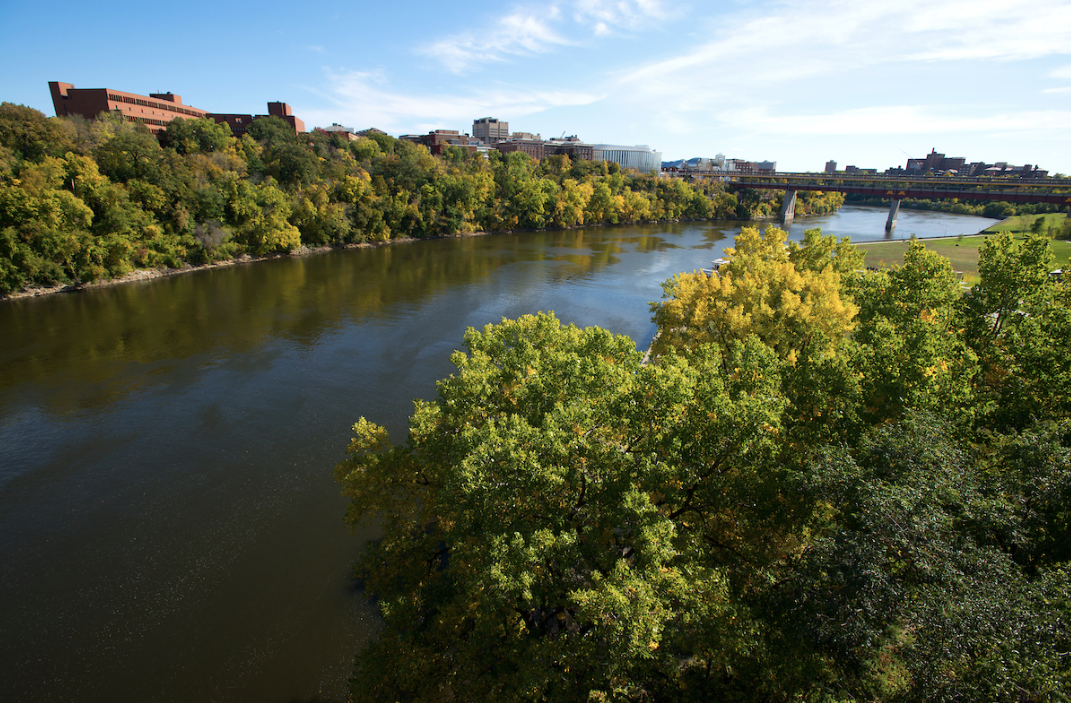







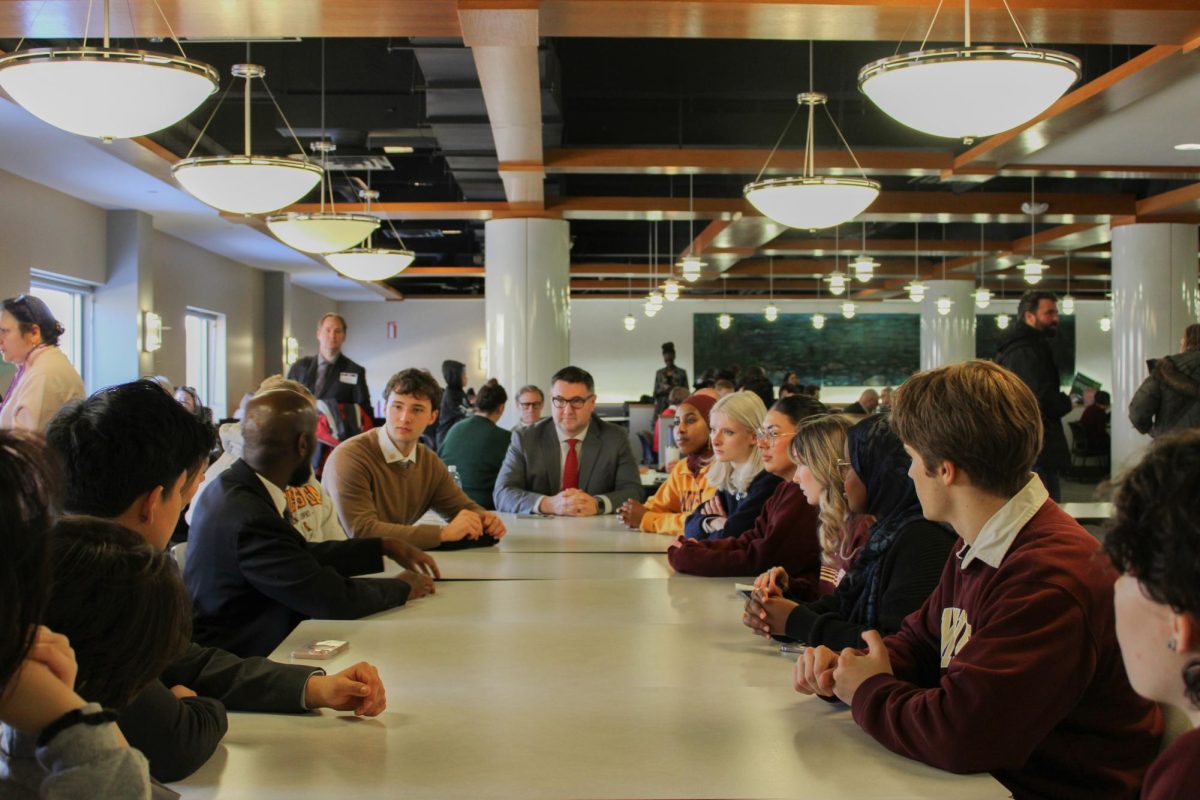
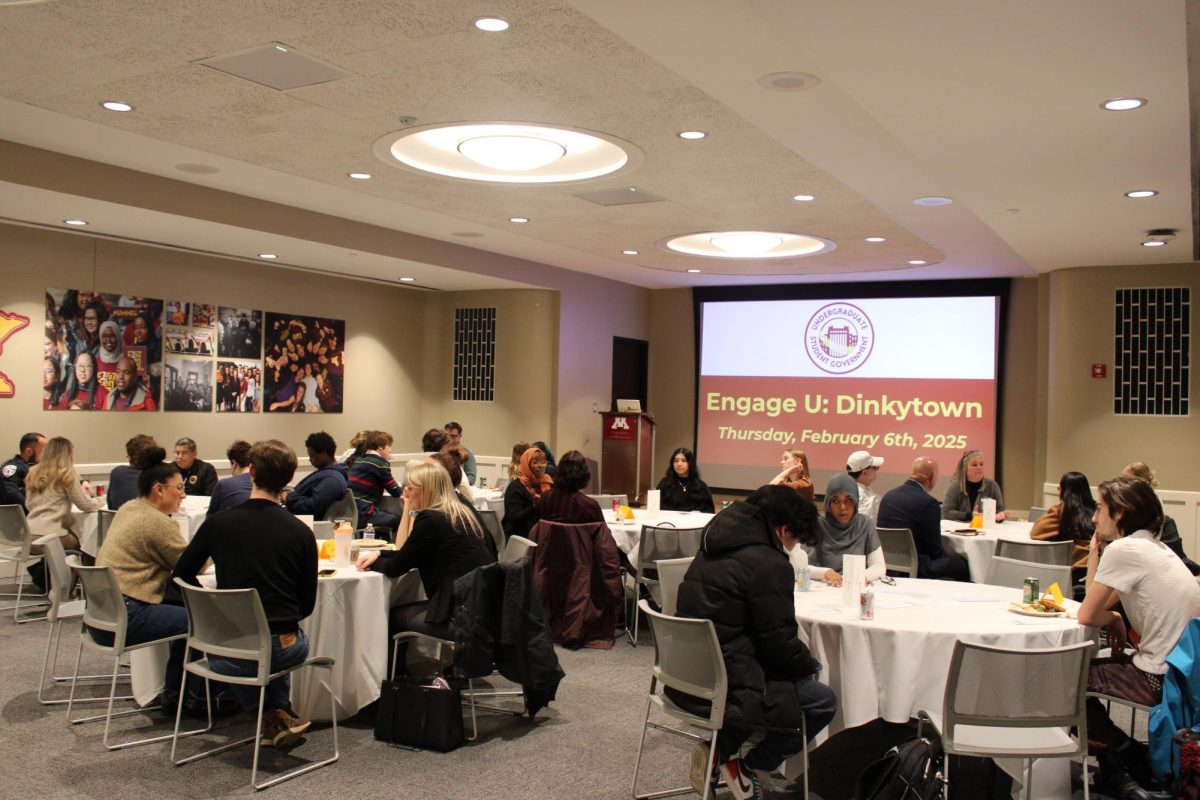
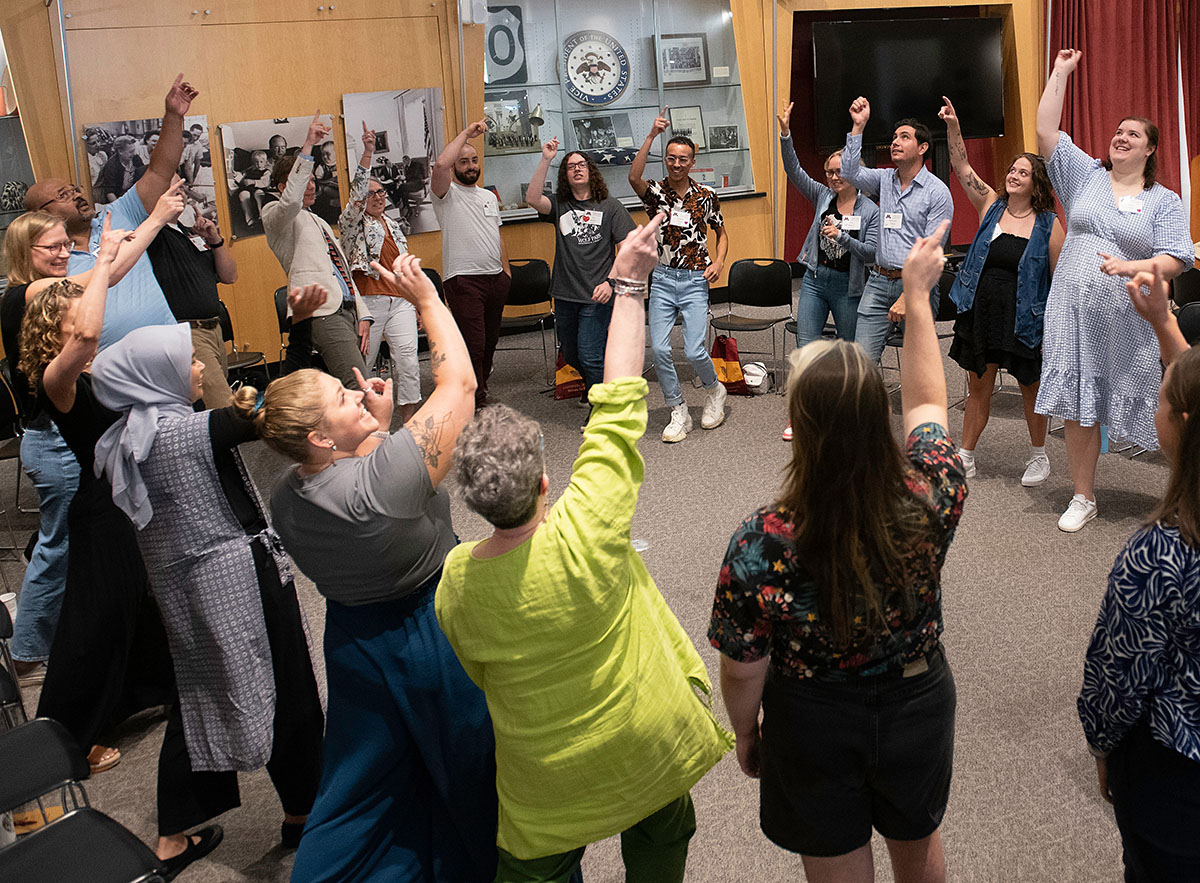
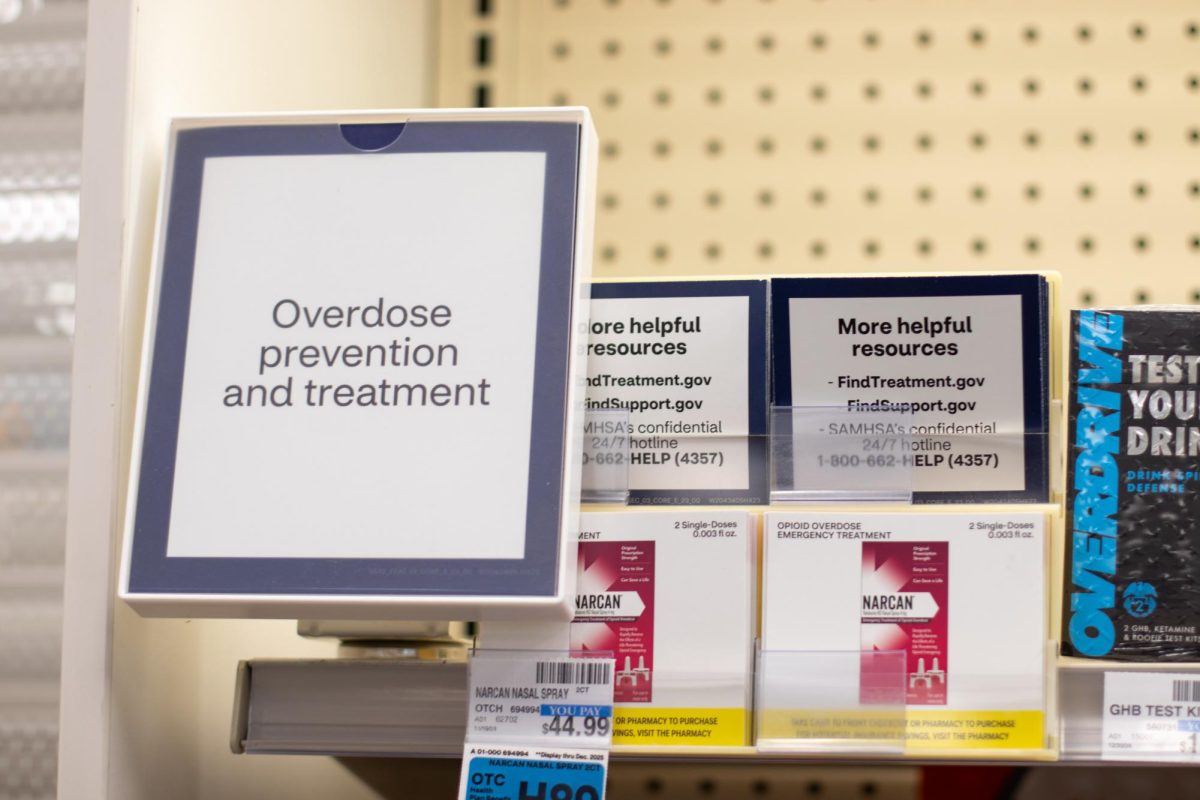

Mark
Jul 24, 2024 at 11:51 am
Great article, addresses a lot of important issues.
Connie Wanberg
Jul 24, 2024 at 10:27 am
In response to the University of Minnesota’s expanded climate action plan, I would like to suggest additional measures that could further enhance our sustainability efforts. One effective strategy could be to encourage faculty and staff with windows to shut their blinds when leaving their offices. This simple action can significantly reduce cooling costs during the summer by minimizing heat gain through windows, thus lowering the demand on air conditioning systems.
Furthermore, I propose that faculty and staff who will be away for extended periods should be encouraged to shut down their computers. Computers and other electronic devices consume a substantial amount of energy even when they are not in active use. By turning them off, we can reduce our overall energy consumption and contribute to the university’s sustainability goals.
Implementing these small, yet impactful, practices could help the University of Minnesota lead by example in promoting energy efficiency and environmental responsibility.